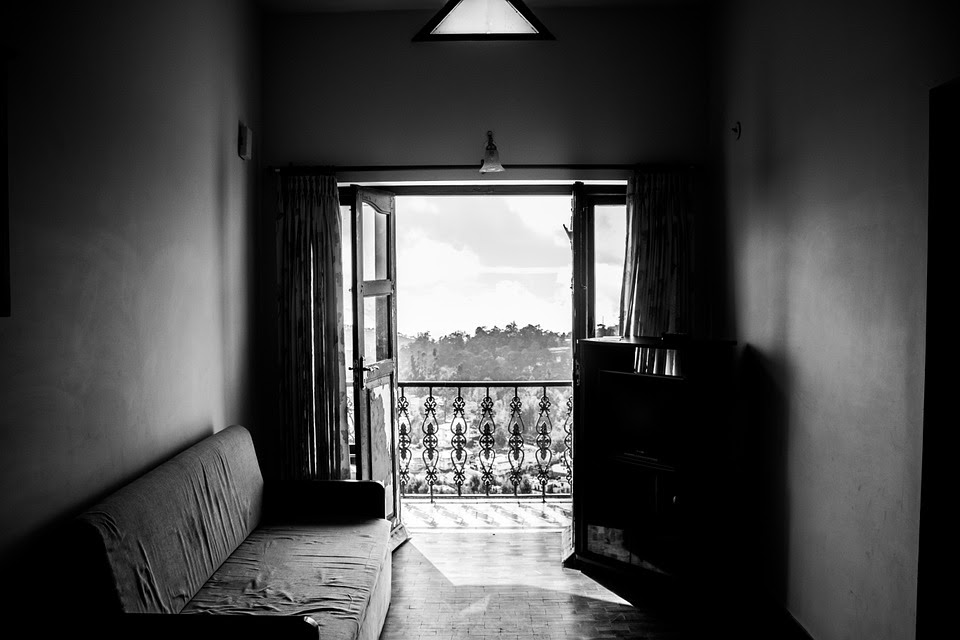Acoustical soundproofing recording studios
Perfect Soundproofing and acoustical certainly makes difference in entertaining home theater. Quality soundproofing products prove that sound control is significant in home theater entertainment. MTV’s hit big name TV program “Bunks” has demonstrated to us that not all recording studios are made equivalent. Recording studio soundproofing is must if you want best sound output from your recording studio. With numerous specialists in the music business settling on recording studios being setup right in the solace of their own home rather than a physical building, more people are sticking to this same pattern.
Soundproofing a recording studio
Well equipped recording studios with necessary echo control and soundproofing fetch more. Actually, the Los Angeles area lodging business sector is seeing another kind of convenience to add to the rundown of elements a home gloats: recording studios. Case in point, one such property, possessed by Natalie Portman, highlighted a “VIP agreeable” disconnected recording studio which she acquired for $3,199,000 – $149,000 over the asking cost. Soundproofing cost can be within our reach if we choose the right soundproofing technicians for your requirement.
How to soundproof a home recording studio
Such soundproofed homes give a blend of sound, video, recording, and after generation media spaces for the music business proficient who might much rather appreciate the opportunity that their own particular by and by outlined music studio gives. In opposition to mainstream thinking, delivering a recording from the solace of your own home does not make the quality any less expert than had it been made in a conventional recording studio.
Another normal confusion is that homes with recording studios are frequently looked for after by industry experts when this could be farthest from reality. From the person who longs for recording his own music, to the individual who is sharpening his art as an independent musical specialist or maker, homes with joined recording studios fit any demographic.
MTV recording studio
Take it from MTV Cribs: from NBA Players to cleanser musical drama hotshots, owning a home with a recording studio has turned into an enhancement that those with cash can’t bear to leave behind.
Before you consider scanning the business sector for these sorts of homes, take an ideal opportunity to concentrate the amount of cash you’ll be spending on your home over the long haul. Acquiring a home with a recording studio is not a savvy speculation on the off chance that you are not getting an arrival on your venture. These homes can run from the low $400,000’s to well above multi-million dollar figures so it’s imperative to take a gander at them for more than their “star-quality” persona.
It’s essential to have a general learning of the sorts of gear you’ll have to transform your studio into a completely practical recording wonder. Between the sound sheets, sound stalls, soundproofing products, acoustic control, wiring, PC equipment, and general learning required to work such hardware, obtaining a home with a recording studio is not for a beginner. Notwithstanding acquiring the property the recording studio is housed on, you’ll likewise need to remember the monetary allowance required to convey your recording studio up to standard.
Soundproofing requirement for a home recording studio
Not all homes with a recording studio are made equivalent, there is unique soundproofing requirement for each and every recording studio. At the point when obtaining any kind of home with recording studios joined, it’s imperative to work intimately with a Real Estate specialists who has experience working with homes identified with those in the stimulation and music industry. Doing as such will offer you some assistance with avoiding obtaining a carport that was changed over into a studio rather than a home which was expertly intended to house a blending room. Blending room also should have the best acoustical soundproofing with quality soundproofing products.
Soundproofing recording studio, echo control in recording studio, quality soundproofing products, Interior designing, interiors, interior decoration, Living room interiors, bedroom interior designing, Kitchen interior designing, Bathroom interior designing and fittings, Curtains, wall papers, colors, textures, material, themes, Kids room interiors, Lounge, Furniture, Wrapping materials, soundproofing materials, acoustic products, interior designers, engineers, interior architects, civil engineers, interior designing company, imported wall papers, Floor designing tiles, vinyl spreads, carpets, ceiling designs, ceiling colors, windows, doors, window coverings, wooden doors, plywood doors, veneers, table mats, table cloths, door handles, glass windows, interior designing and decoration, wall paintings, paints, hand designs, handicrafts, statues, designer products, Kitchen appliances, Kitchen fittings, plumbing works in kitchen,
Bathroom fittings, bedroom accessories, cub-boards, white, pink, green, blue, yellow, sofa, couch, chairs, dining tables, dining halls, dinner sets, porcelain products, plastic products, cloth textures, finishing, paint finishing, bed spreads, racks, wall mounted, shelves, book shelves, pictures, miniatures, rectangular sofas, acoustical sound proofing products, theme based interior designing and decoration, renovation, guest rooms, Toilet settings, toilet pipe fittings, commodes, Chinese designs, China Vastu designs, western interior designs, European interiors, Spanish cultural interior designs, Antic interior designs, Italian interior designs, French interiors, British interiors, Portugal interiors, hereditary interiors,
Bedroom makeovers, Kitchen makeovers, Living room makeovers, Bathroom makeovers, Kids room makeovers, Cartoons, Toys, Children pictures, flowers, Flower vases, Porcelain flower vases, artificial images, vintage interior designing, modern interior designing, India handicrafts, Russian feather coats, Do It Yourself –DIY-interior designing, decoration for Bedroom Interior designing, Do It Yourself Kitchen Makeovers, Do It Yourself Bathroom Makeovers, Do it yourself Kids room makeover, Do it yourself Living room makeovers, do it yourself,
Corporate interior designing and decoration, corporate interior designing, corporate office interior designing, Corporate interior soundproofing, interior construction, interior fittings, Showrooms interiors, industrial area interiors, shopping mall interiors, trading places interiors, acoustical products and materials, soundproofing foams, soundproofing floors, soundproofing doors, soundproofing wall mounts, acoustical surfaces, acoustical soundproofing vinyl sound barriers, acoustical curtains, seats, home cinema interiors, automobile showroom interiors, interior designers, interior engineers.


